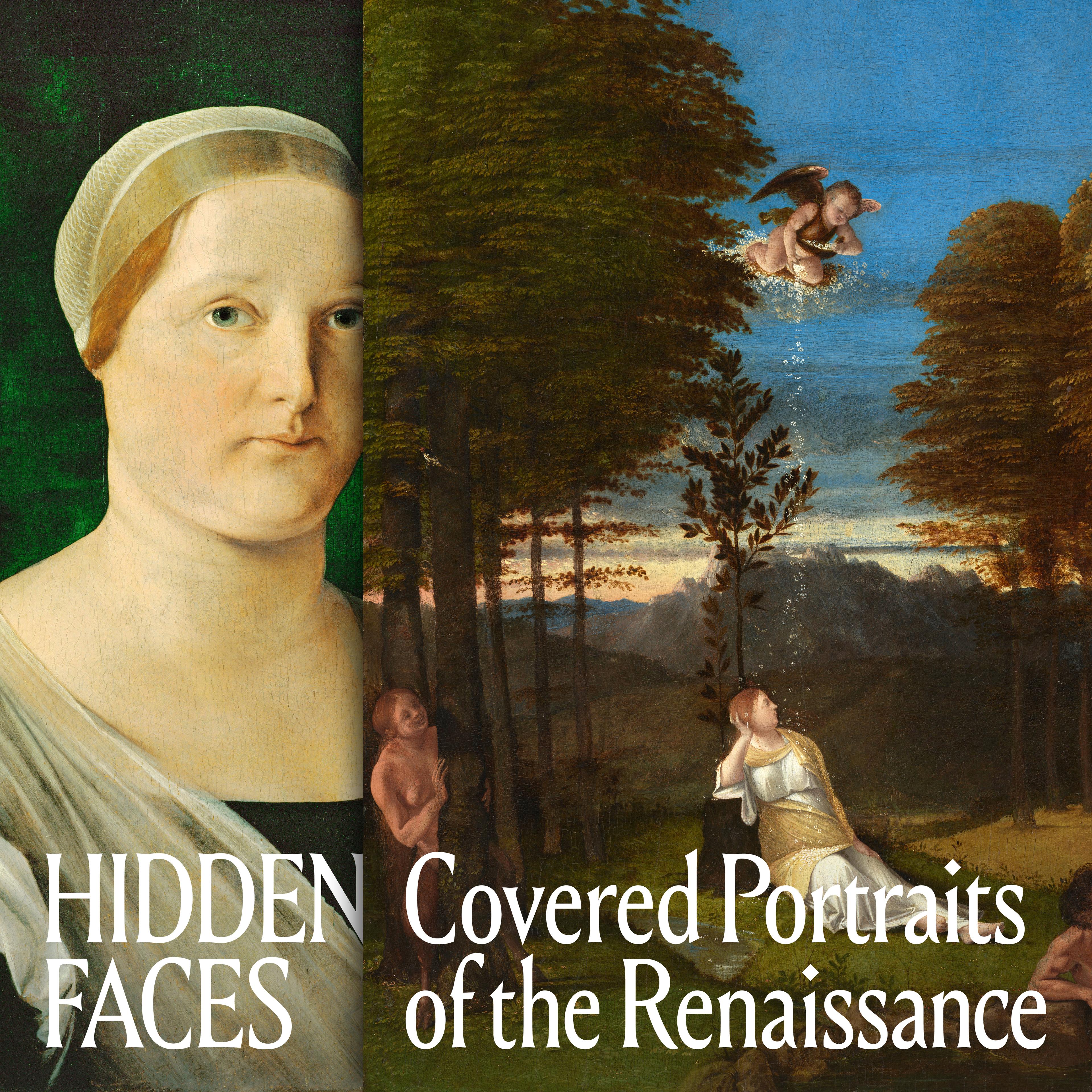This exhibition is the first to examine an intriguing but largely unknown side—in the literal sense—of Renaissance painting: multisided portraits in which the sitter’s likeness was concealed by a hinged or sliding cover, within a box, or by a dual-faced format. The covers and reverses of these small, private portraits were adorned with puzzlelike emblems, epigrams, allegories, and mythologies that celebrated the sitter’s character, and they represent some of the most inventive and unique secular imagery of the Renaissance. The viewer had to decode the meaning of the symbolic portrait before lifting, sliding, or turning the image over to unmask the face below.
This widespread tradition in Italy and Northern Europe during the 15th and 16th centuries will be explored through approximately 60 double-sided and covered portraits from The Met collection and other American and European institutions, including the reunion of several portraits and their covers that had been split and made part of separate collections. Painted by artists such as Hans Memling, Lucas Cranach, Lorenzo Lotto, and Titian, the works range from portraits intended as portable propaganda to those designed to conceal a lover's identity. These varied three-dimensional, hand-held ensembles shed significant light upon the intimate and personal nature of portraits designed as interactive objects.
The exhibition is made possible by the William Randolph Hearst Foundation, the Robert Lehman Foundation, and the Mellon Foundation.
The catalogue is made possible by the Drue E. Heinz Fund.
Delightful
The curatorial effort was...akin to a detective story, and as viewers we are able to enjoy the great reveal at the end.
A show in which meticulous craft is the standard by which the rest of us…can take pleasure
Exhibition Catalog
Exhibition Catalogue
Hidden Faces: Covered Portraits of the Renaissance
Highlighting the creativity and symbolism of covered portraits, this riveting title examines an intriguing yet largely unknown aspect of Italian and Northern European Renaissance art.
